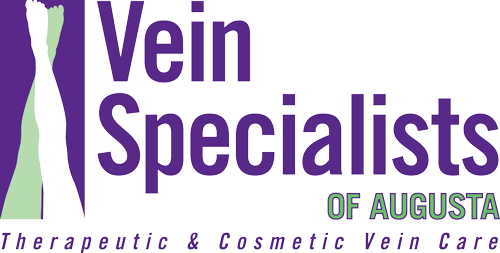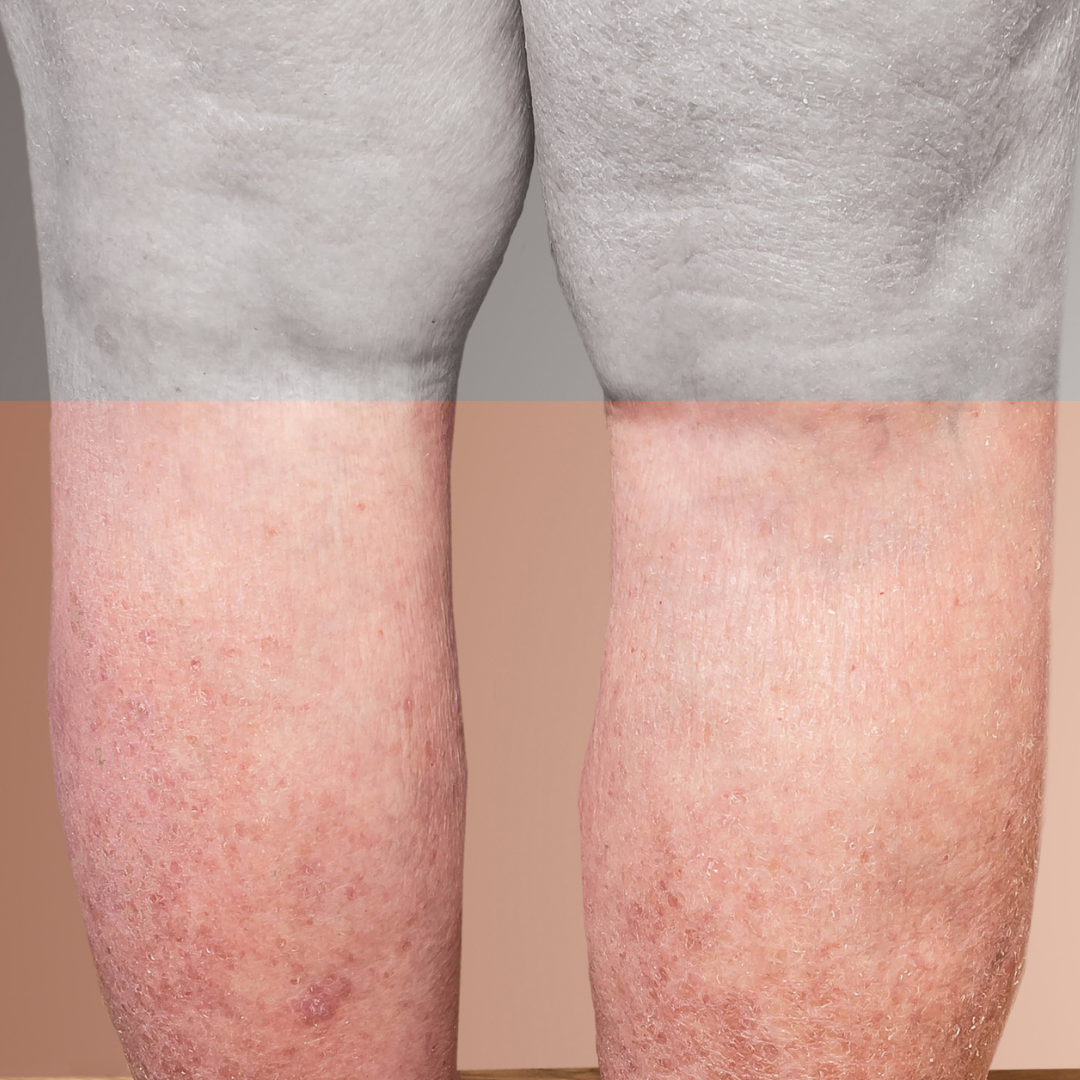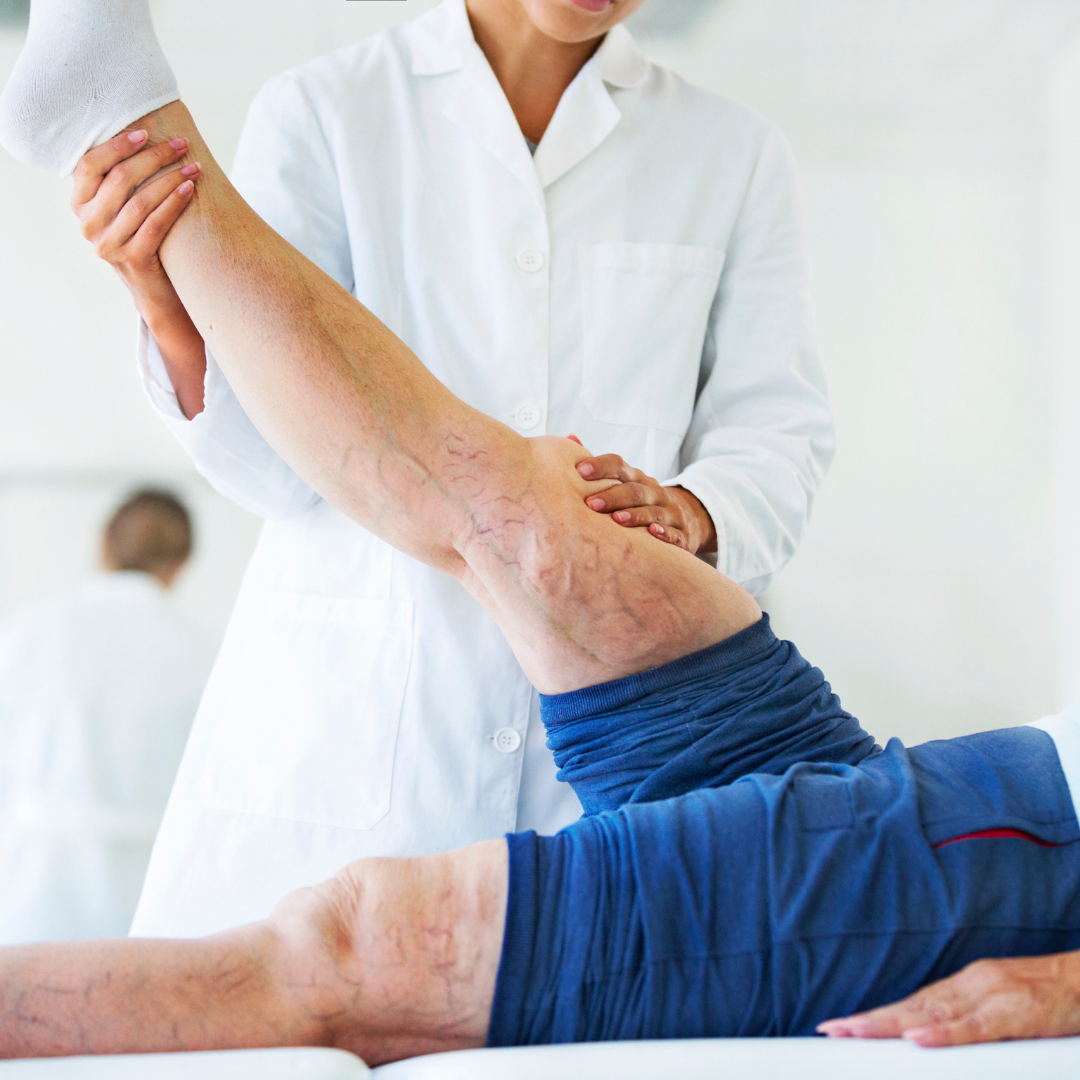Causes of Pigmentation Due to Venous Insufficiency
Venous insufficiency with skin pigmentation discoloration has many causes and risk factors. These include:
- Personal history of varicose veins
- Family history of vein problems
- Pregnancy (especially multiple pregnancies)
- Other hormonal changes (such as menopause)
- Obesity
- Age (individuals over age 50 are at higher risk)
- Gender (females are at higher risk)
- Smoking
- Deep vein thrombosis (blood clot in the leg)
- Personal history of blood clots
- Lack of exercise
- High blood pressure
- Heart conditions such as congestive heart failure
- Kidney failure
- Frequent standing or sitting in place for extended periods of time


